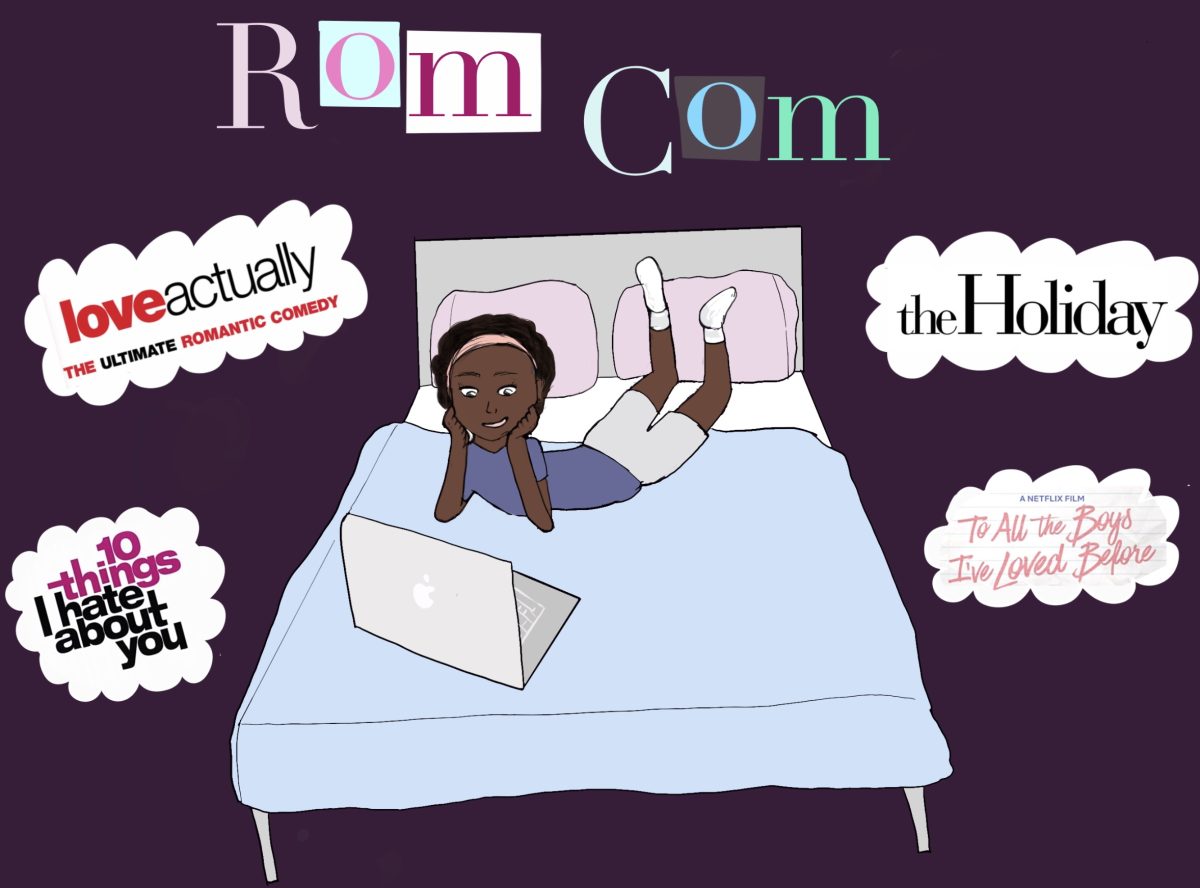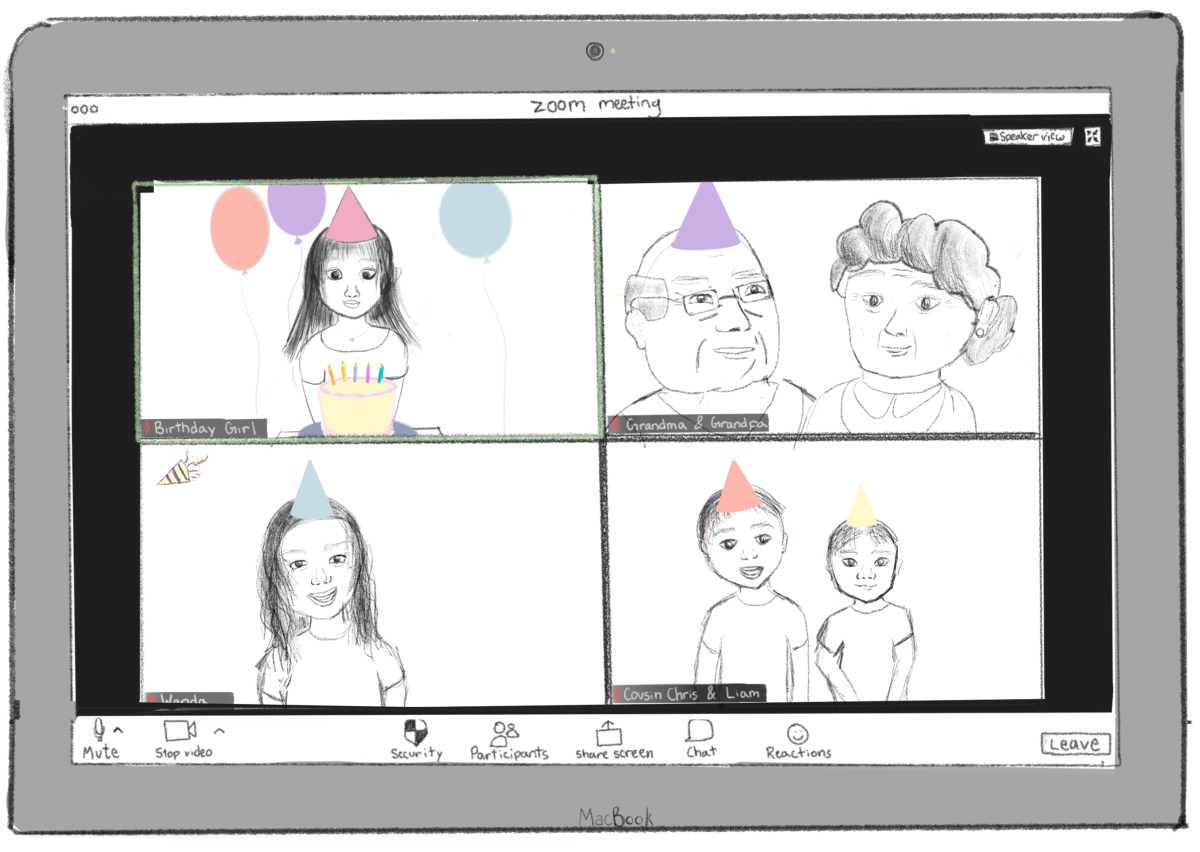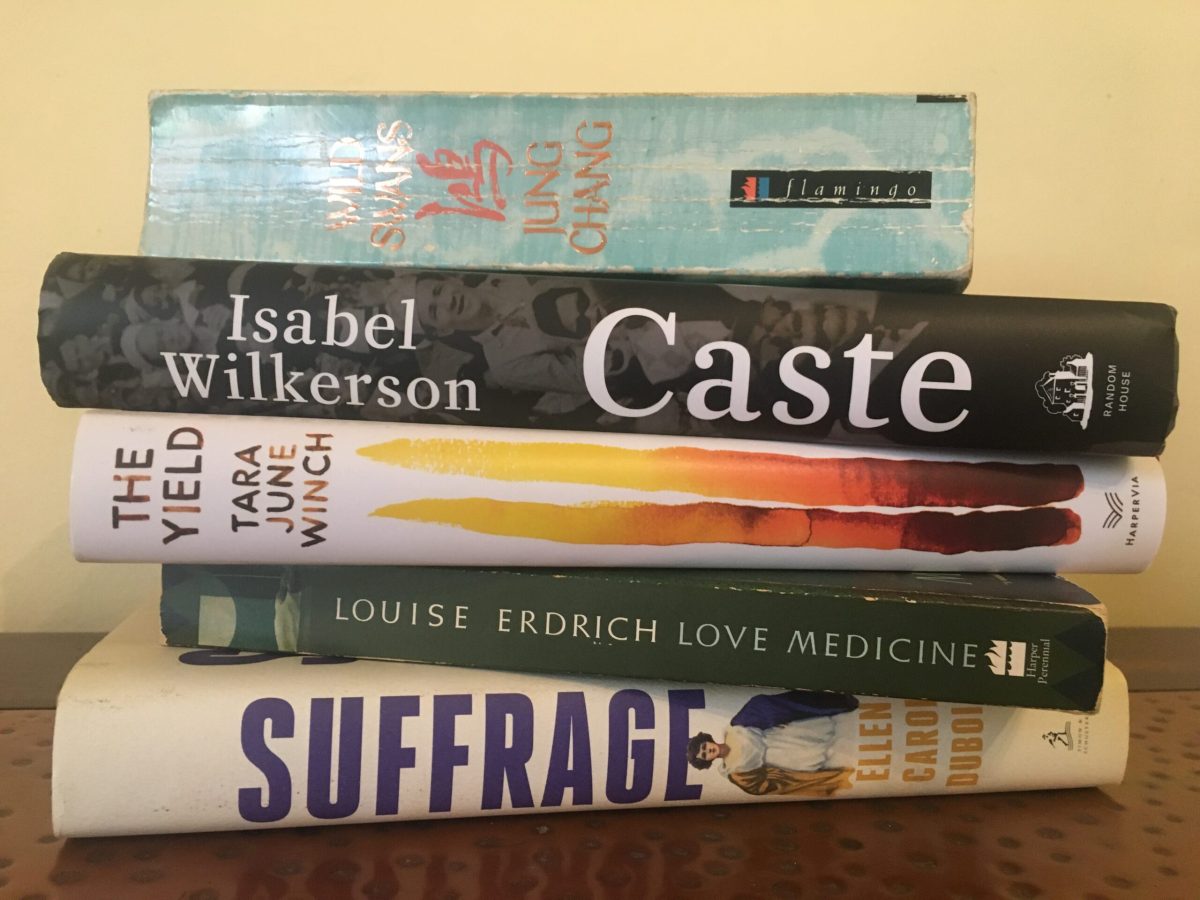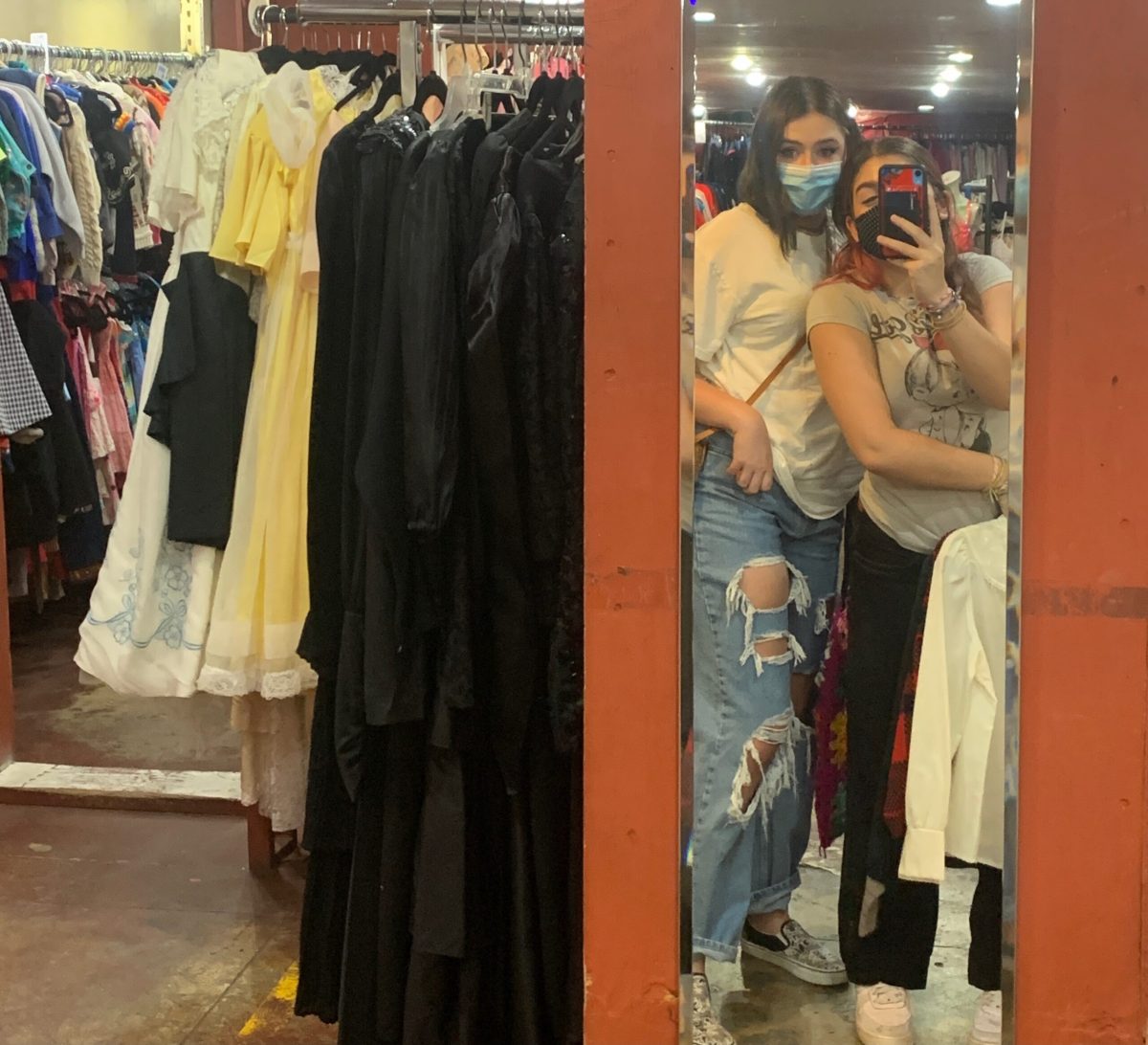An Androit Digital survey from Jan. 2014 asked a group of American adults, each of whom owned a television, computer, and smartphone, what major resources they used for video entertainment. According to the responses, 51% used television, 48% used Netflix, and 68% used YouTube, demonstrating that more middle to upper class Americans now consume content from YouTube than from any other entertainment source.
Since YouTube’s creation in 2005, its popularity has grown at a steady rate. YouTube separates itself from most other entertainment engines because it allows anyone who makes an account to post videos. Popular “YouTubers,” whose videos receive a significant number of views, often gain fame and receive income based on the amount of people who watch their videos. YouTube has become a center for videos on current events, comedy, beauty tips, music, and, above all, pop culture. YouTube creates a space in which the public both creates entertainment and judges whether or not it is good. It increases the rate at which pop culture is created because most of the public is able to access YouTube and represent its opinion by viewing a video (or not) and by commenting positively or negatively. YouTube also serves as yet another vehicle of global linkage, because anyone with a computer and access to the site is connected to much of the rest of the world.
The generally short length of YouTube videos is another reason they captivate so many users.
“I spend a lot of time on YouTube after school,” said Anissa ’16. “I think it’s good entertainment; good, short entertainment.” In an age when most everything is fast-paced and easily accessed, videos that provide ample entertainment packed into quick segments are in very high demand. The delayed gratification that accompanies waiting for a program to air on TV has driven users towards alternative websites like YouTube, which store a plethora of endless instant entertainment.







